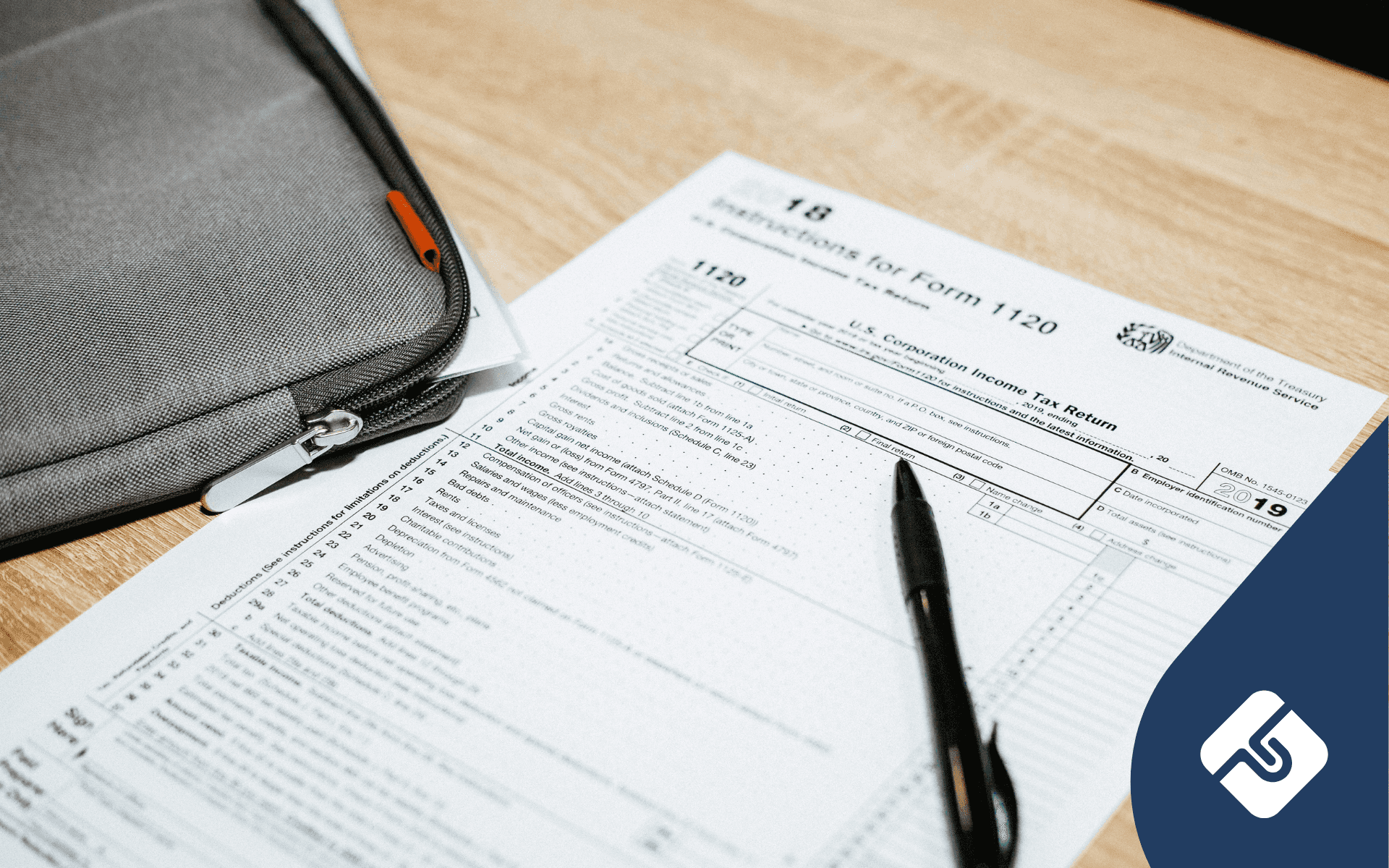Sydney-based lawyer. Diana is a bilingual Senior Associate at King & Wood Mallesons with broad commercial litigation experience, specialising in intellectual property disputes including copyright, trade marks, passing off and contraventions of the consumer law. In addition to contentious matters, Diana advises clients in the healthcare, retail and consumer goods sectors across regulatory, enforcement and brand protection matters. She has also been involved in the due diligence process for multiple M&A projects. Her business and legal acumen is grounded through years of private practice experience and secondments in various legal roles at Woolworths Group Limited.
The importance of advertising and product placement has become more apparent than ever to businesses. Yet there are rules and laws, which govern trade practices, that businesses must abide by. The Competitions and Consumer Act 2010 (Cth) sch 2 (‘Australian Consumer Law‘), prohibits businesses from engaging in misleading and deceptive conduct. It is illegal for a business to engage in conduct that is likely to lead people into error. Businesses need to be aware of what constitutes misleading and deceptive conduct so they can avoid breaching the law. They can still be liable even in situations where they did not intend to mislead or deceive someone. If a business is liable, they may have to pay damages to those who have suffered loss from the conduct.
Here are some examples of misleading or deceptive conduct and the ways in which businesses may be held liable.
Table of Contents
1. Small Print and Disclaimers
Small print in advertisements may be misleading or deceptive when the small print is not prominent enough in the advert. Businesses will commonly use small print when stating the terms and conditions or any disclaimers. However, when the small print is not noticeable, consumers may get the wrong impression of what the advert offers. Courts will look at the size, font and spot of the small print in the advert when they decide if it is misleading or deceptive. Although a business can use an asterix to draw attention to the small print, this will not always be effective.
Example
A large electronics company with hundreds of stores advertises in their catalogue that they are having a special sale for all products. However, on the last page of the catalogue, in small print, it says that the sale is only happening in a few stores. The small print hidden on the last page was not prominent enough for customers to notice the condition. As a result, the small print used by the company was misleading.
2. Statements Out of Context
Statements that are out of context can be misleading or deceiving because it can lead people to have the wrong impression. Consumers expect that a business is giving them the whole picture so they can make the right decision. As a result, they may rely on the information the business is giving them.
Example
A sports store is selling a tennis bracket called the SZ-900. The sports store advertises that a Tennis World Champion said “The SZ-900 is great”. What the champion actually said was “The SZ-900 is great if you don’t care about having good grip’. As a result, customers are misled to believe a world champion thinks the SZ-900 are great brackets to use.
3. Price Comparisons
Sometimes a business may advertise an item is now THIS price and before it was THAT price. That is generally referred to as two price advertising. However, two price advertising is not itself unlawful. When two price advertisements are ‘illusory’, ‘fictional’ or ‘non-genuine’, they can be misleading or deceptive.
Example
A shop advertises that Mikasa volleyballs were $500 but they are now $200. In addition, they also advertise that the customer can save $300. However, the Mikasa volleyballs were $150 for a year and were only $500 for the past week. That price comparison is misleading because consumers would believe they are getting the lowest price for the volleyball.
4. Silence and Withholding of Information
Businesses can engage in misleading or deceptive conduct when they fail to provide important information to people regarding a sale. These details can impact a person’s mindset when considering a product or service. However, whether silence is misleading or deceptive is decided case by case. Generally, silence will be misleading or deceiving when a person would reasonably expect someone to disclose the information. Just think, should the person ought to know this information when making their decision?
Example
A popular local cafe is for sale. When the owner is asked why they are selling the cafe, they fail to inform potential purchasers that 5 new cafes will soon be opening on the same street. The cafe owner has engaged in misleading and deceptive conduct through their silence.
5. True Statements that are Misleading
Even things that are literally true can be misleading or deceptive depending on how they are used. This can happen when a true statement is used to give someone a false impression. The simplest way to think about this is manipulating the truth so someone believes something that isn’t true.
Example
A local sports centre is advertising for one night only, Michael Jordan is playing basketball in the centre. If people want to see him play, they can purchase a $500 ticket. However, it is not the famous 6x NBA Champion Michael Jordan playing, it is a cousin of the sport centre owner who is also named Michael Jordan. The sports centre’s conduct is misleading because the use of the name and the price of the tickets implies the real Michael Jordan is playing.
If you would like to know more about misleading or deceptive conduct or have experienced an example of misleading or deceptive conduct, the advice of a business lawyer may be helpful.

Get a fixed-fee quote from Australia's largest lawyer marketplace.





